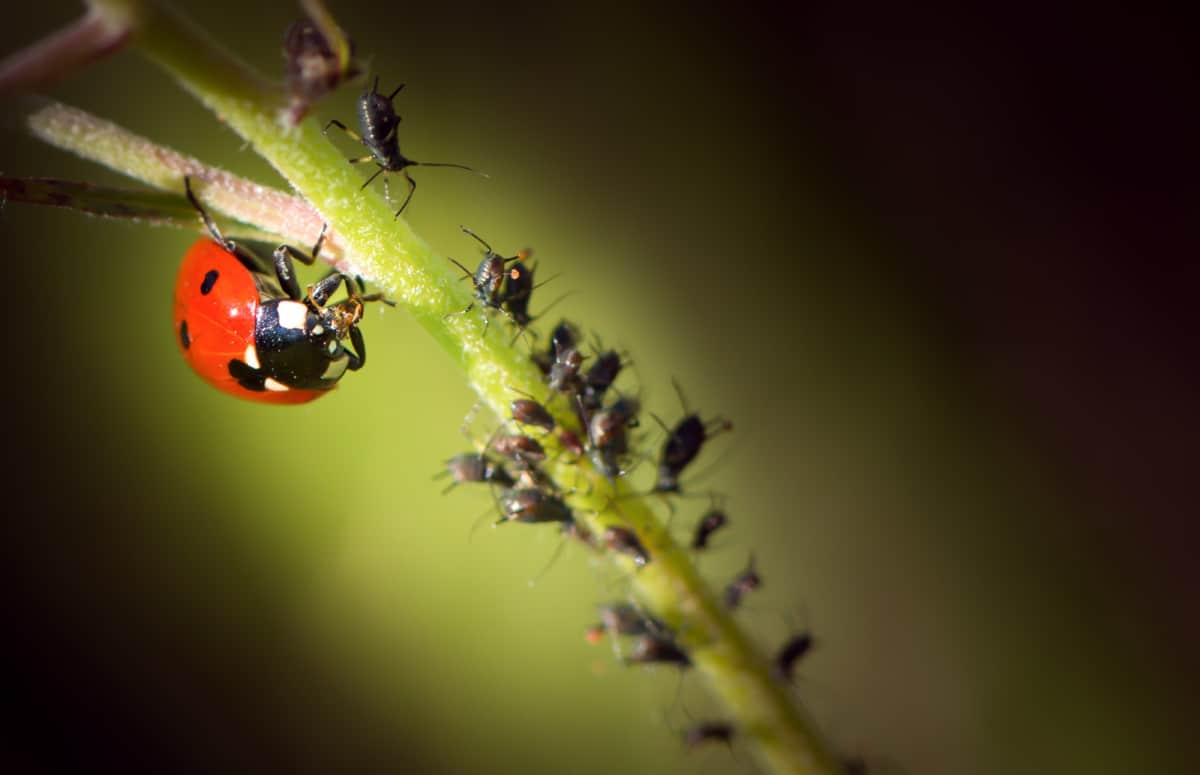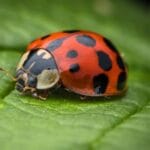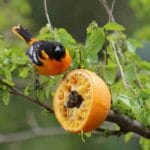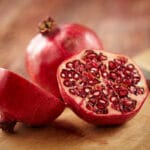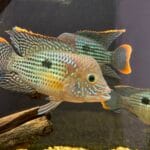Ladybugs: those charming little beetles with shiny, colorful backs. They’re a welcome sight in any garden, known for their insatiable appetite for pesky aphids. But have you ever stopped to wonder what else fuels these tiny creatures? Their diet is more diverse and surprising than you might think!
Beyond the Aphid Buffet: A Ladybug’s Diverse Palate
While their reputation as aphid-devouring machines precedes them, ladybugs are far from one-dimensional eaters. They’re opportunistic omnivores, meaning they enjoy a varied diet that includes both plants and animals.
A Taste for Tiny Terrors: Insects on the Menu
Ladybugs are nature’s tiny assassins, feasting on garden pests to keep your plants thriving. Aphids are their top target, with a single ladybug capable of devouring up to 5,000 in its lifetime! But their palate extends beyond these sap-sucking foes.
Ladybugs also prey on:
- Mites: Microscopic creatures that can damage plants.
- Thrips: Tiny, slender insects that feed on plant tissues.
- Small Caterpillars: Soft-bodied delicacies for a hungry ladybug.
- Other Ladybug Eggs and Larvae: In times of scarcity, ladybugs may exhibit cannibalistic behavior, consuming their own kind.
A Sweet Tooth for Survival: Nectar, Pollen, and Honeydew
When insect prey is limited, ladybugs turn to a plant-based diet for sustenance. They’re particularly fond of:
- Nectar and Pollen: These sugary substances, found within flowers, provide essential sugars, vitamins, and minerals. Dill, cilantro, and yarrow are particularly attractive to nectar-seeking ladybugs.
- Honeydew: This sticky, sweet substance is secreted by aphids as they feed on plant sap. Ladybugs have a fascinating symbiotic relationship with honeydew, using it as both a food and water source.
This diverse diet ensures that ladybugs can thrive even when their preferred insect prey is scarce.
Quenching a Ladybug’s Thirst: From Dewdrops to Fruit Juices
Just like any living creature, ladybugs need water to survive. They employ clever strategies to stay hydrated, even without a trip to the bird bath.
Here’s how ladybugs quench their thirst:
- Rainwater and Dew: Ladybugs often find refreshing droplets clinging to leaves and petals, especially in the morning.
- Fruit Juices: Soft, sugary fruits like watermelon, berries, figs, and grapes provide hydration and a sweet treat.
- Moisture from Plants: Ladybugs can absorb moisture from the surface of leaves and stems, particularly in humid environments.
Attracting Ladybugs: Creating a Haven for These Miniature Guardians
Gardeners can entice these beneficial insects by catering to their needs. Here’s how you can create a ladybug oasis:
- Plant a Diverse Garden: Include a variety of flowering plants, such as dill, cilantro, yarrow, and other ladybug favorites.
- Provide a Water Source: A shallow dish filled with pebbles and fresh water offers ladybugs a place to drink and cool off.
- Avoid Harmful Pesticides: Many pesticides can be detrimental to ladybug populations. Opt for natural pest control methods whenever possible.
By cultivating a ladybug-friendly environment, you’ll enjoy a thriving garden with fewer pesky insects—a win-win for you and these charming, spotted allies.
If you’re curious about the diet of these amazing creatures, check out what mockingbirds eat to learn more. Did you know that ladybugs are also fascinating insects? Find out what eats ladybugs and delve into the intriguing world of ladybug predators.
- Georgia Platform: A Southern Strategy, 1850s - March 31, 2025
- How many weeks is 40 days: Quick Conversion Guide for Accurate Results - March 31, 2025
- How many feet is 300 meters? 984 Feet: Understand Length Conversions Easily - March 31, 2025
